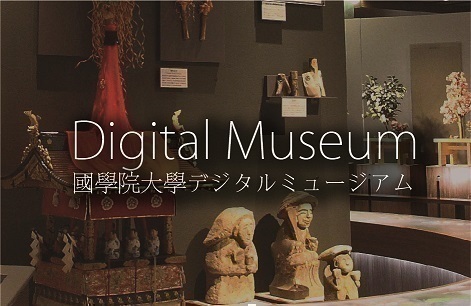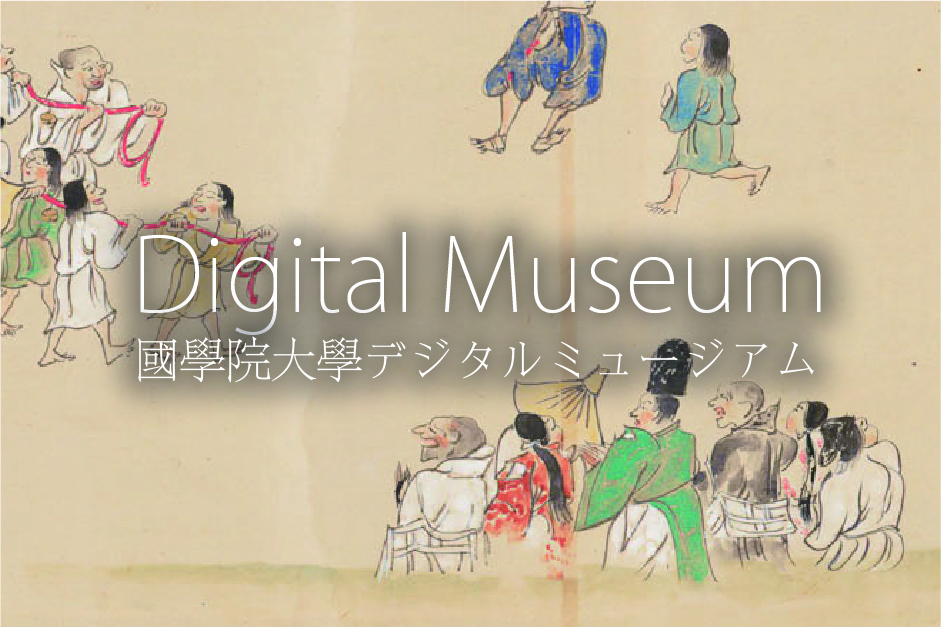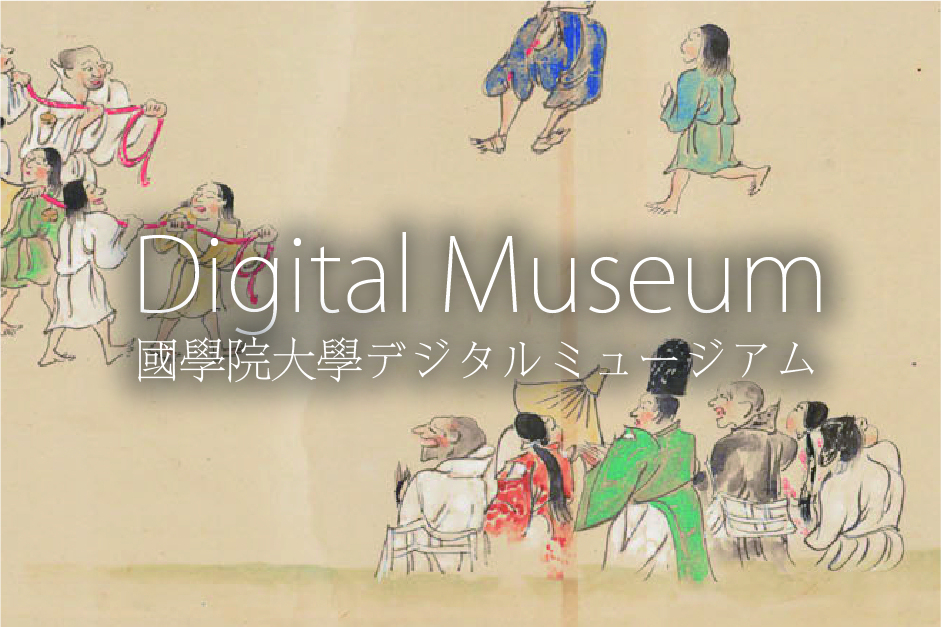- トップ
- Encyclopedia of Shinto
- Shikinensengū
Encyclopedia of Shinto
| Main Menu: | |
| Links: |
詳細表示 (Complete Article)
| カテゴリー1: | 5. Rites and Festivals |
|---|---|
| カテゴリー2: | Rites of the Ise Shrines |
| Title | Shikinensengū |
| Text | The transfer of the deity to a newly constructed shrine (sengū) in prescribed years (shikinen). Also referred to as Shōsengū, this major traditional project involves building anew the Main Sanctuary (shōden) and other buildings of Ise Jingū, renewing all vestments (shōzoku) and sacred treasures (shinpō) stored in the buildings, and transferring the deity to the new shrine. Sengū reibun provides the following definition: "The renewal and transfer of the two Grand Shrines of Ise every twenty years form the imperial family's weightiest undertaking and a project of unparalleled scale among all the Jingū". The sengū system was initiated at the wish of Emperor Tenmu, against the backdrop of what was the largest civil disorder of Japan's ancient state, the Jinshin Uprising (672). During the reign of his successor Emperor Jitō, the sengū ceremony was first performed for the Inner Shrine in 690 and for the Outer Shrine in 692. Including its 61st celebration in 1993, the Shikinen sengū has been conducted for 1,300 years. Although the term zōjingūshi (an abbreviation for zō Ise daijingūshi), designating a provisional agency that coordinated construction work, first appears in 972, the "Engi Codes Concerning Jingū" (Engi jingū shiki [Engi period: 901-922]) provides the first clear stipulation of state legislation regulating the sengū system: "In principle, once every twenty years renew the main sanctuary, treasure repositories, and "offering halls" (tono mitegura). Conduct renewal using all new materials; moreover, ensure that other new buildings function identically to their older counterparts, then transfer and store the sacred treasures from the old shrine to the new shrine." This systematization of shikinensengū revolutionized the task of shrine re-building that had until then been financed by the "chief priest" (gūji) using shrine taxes. The basic prescriptions of the legislation specified that public funds would be used to pay for the rebuilding and detailed the timing of the ceremony (the ceremonial year and day), building renewal (agency in charge of construction), procurement of sacred treasures (agency in charge of procurement) and transfer of the deity (agency in charge of transfer). Ise Jingū's architecture employs a unique style called yuiitsu shinmei-zukuri, characterized by its linear storehouse shape, a thatched gabled roof on pillars sunk directly into the ground and an entrance on a non-gabled side. The building materials are simple, limited to cypress, miscanthus reeds (kaya) and gold and copper hardware; with the ritual installation of a "sacred central post" (shin no mihashira or imibashira) beneath the Main Sanctuary's floor. The very simplicity that is the feature of this architectural style inevitably leads to decay and dilapidation, providing a rationale for periodic renewal. Completed in eight years, the renewal process requires 14,000 pieces of timber, 25,000 sheaves of miscanthus reeds, and 122,000 shrine carpenters; this massive project reconstructs over sixty structures, including the Main Sanctuaries of the Inner and Outer Shrines, treasure houses, offering halls (heiden), sacred fences, torii gateways, the buildings of fourteen "auxiliary sanctuaries" (betsugū). All offerings of vestments and sacred treasures presented by the imperial family are also replaced. The first example of the replacement of imperial offerings dates back to 849 but the shrine's current list totals 714 categories consisting of 1,576 articles (189 categories comprising 491 sacred treasures and 125 categories comprising 1,085 vestments). This diverse range of objects can be divided as follows. Vestments include room fittings, "kami seats" and rugs, furnishings, and ritual artifacts for the "transfer of the deity" (Sengyo) ceremony. Sacred treasures include spinning and weaving tools, military weapons and wear, horse equipment, musical instruments, writing implements and daily goods. Reproduced every twenty years, these articles all embody skilled artistry and abundant experience and thus preserve Japanese tradition in terms of style, technique, and materials. They are thus also collectively described as "a modern equivalent of the treasures housed in Shōsōin." As the construction work progresses, various rites and ceremonies are performed at each stage of the process, including the felling and transport of timber, preparation of the construction site, and the building of shrine structures. These ceremonies can be grouped by content: the woodcutters' ceremonies, ranging from Yamaguchisai to Okihiki, concern the felling and transport of timber; the shrine carpenters' building rituals, ranging from Kozukurihajimesai to Mitosai, concern site preparation and shrine construction; and the shrine officials' secret rituals that begin with purification and culminate in the Sengyo ritual. After eight years of preparation starting with the Yamaguchi and Konomotosai ceremonies, the Sengyo ritual is held in October during the autumn of the prescribed year, forming the core of the Sengū celebrations. While the deity is being transferred in the dark, the imperial envoy (chokushi) proclaims "shutsugyo" three times to announce the august departure of the deity to the new shrine. At the same time, at the imperial palace, the emperor faces the direction of Ise and performs a "ritual of distant worship" (goyōhai no gi). The secret rituals for transferring the deity are not complete at this point; rather, they also encompass the extensive preparation of a ceremonial site to present the first "sacred food offering" (ōmike) to the deity enshrined at the "deity seat" (kamiza) of the new shrine. Because the sengū system includes both the transfer of the deity and the presentation of sacred food offerings, the entire sengū celebration can be collectively regarded as a "Grand Kanname Festival" (Ōkannamesai). In contrast to the annual Kannamesai, the Shikinensengū celebration held every twenty years is none other than a grand Kannamesai in which the shrine buildings, kamiza, and shinpō are renewed and the first fruits are offered to the deity at a site of unparalleled purification. The system underwent historical changes after the collapse of the Ritsuryō State, changing from its archaic mode of having shrine renewal directed by zōjingūshi dispatched from the imperial court to the medieval system in which the court imposed a rice tax for shrine rebuilding (yakubukumai) on every resident in each province. Due to prolonged warfare, the sengū ceremony was discontinued for 124 years after having been performed for the Inner Shrine in 1462, to be revived in 1585, in the Azuchi-Momoyama period. In the Tokugawa period, the Yamada magistrate (Ōoka Echizen no kami Tadasuke ) directed construction work which he financed with 30,000 koku of rice (roughly 150,000 bushels) and the ceremony was regularly conducted. In the climate of reform and restoration of 1869, the sengū ceremony was conducted by the modern nation for the first time. At the end of 1887, legislation to establish a government organization responsible for the construction works involved in the sengū ceremony (zōjingūshichō) was promulgated by imperial decree. In 1929, the sengū ceremony was held on an unprecedented scale. After World War II, the Ise Jingū Periodic Construction Agency (Jingū shikinen zōeichō) was placed inside a religious corporation "Jingū", which continues to enjoy the support of Japan's residents. — Nakanishi Masayuki
Table 1 Sengū ceremonies: Onshōzoku shinpō tokugō, Kawabara ōharae, Okazari, Ōmike, Hōhei, Komotsu watashi, Mikagura 2 Sengū festivals 2a Major festivals: Yamaguchisai, Konomotosai, Kozukurihajimesai, Chinchisai, Ritchūsai, Jōtōsai, Mifunashirosai, Kotsukisai, Gochinsai 2b Lesser festivals: Misomayama konomotosai, Gokyōsai, Nokizukesai, Irakasai, Mitosai, Shin no mihashira installation 3 Affiliated rites: Okihikizomeshiki, Mihishirogi hōeishiki, Kari mihishirogi bassaishiki, Ujibashi watarihajimeshiki |

The planned place for the 62nd ritual rebuilding of the Grand Shrines of Ise in 2013. The spot is located to the left of the present Outer Shrine, and an exact replica of the shrine will be rebuilt here. After construction is completed, the old shrine building is demolished and turned into a vacant lot to be used in the 63rd ritual rebuilding in 2033.
2005年 **月 **日
Ōsawa Kōji





